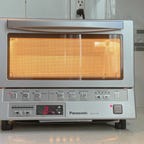
Panasonic FlashXpress NB-G110P
Best toaster oven overall
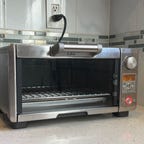
Breville Mini Smart Oven BOV450XL
Best toaster oven with convection
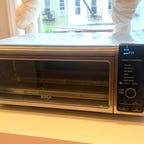
Ninja Foodi Digital Air Fry Oven SP101
Best toaster oven with air fryer function
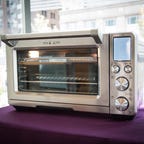
Breville Smart Oven
Best large toaster oven for power users
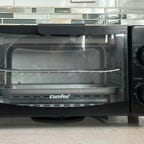
Comfee Toaster Oven CFO-BB101
Best budget toaster oven that gets the job done
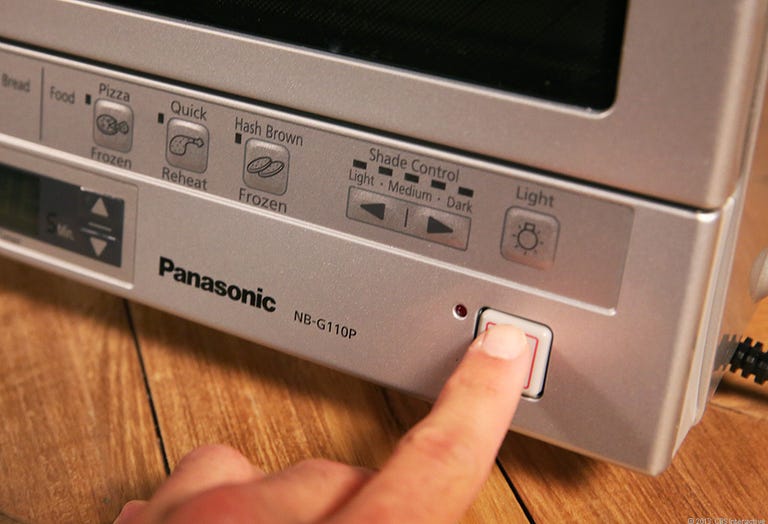
Toaster ovens are an essential small kitchen appliance because, let’s be honest, you’re not firing up that big gas stove just to brown a bagel. Toasters are good for more than just breakfast, however — these compact ovens can toast, bake, and broil and reheat with the best of them. After testing several models for speed and evenness, Panasonic’s sleek FlashXpress turned in the best stats to earn its spot as the best toaster in 2023.
But there are other models worth considering, including air-frying toaster ovens, large countertop ovens that can practically replace your full-size oven and budget buys that won’t cost much but deliver a whole lot.
With so many to choose from, there are bound to be some over- and under-performers in the category. I hauled in 10 models — and more bags of bread than I care to admit — in a mission to find the best toaster oven in 2023.
Best toaster ovens
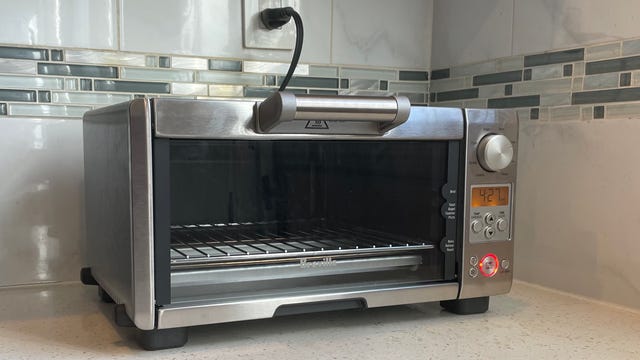
The race for the overall best toaster oven was a true photo finish between the Panasonic FlashXpress and Breville’s capable Mini Smart Oven. Both toasted four slices of bread evenly, with doneness presets that deliver on their promise. The Breville, like the FlashExpress, also held its temperature well and preheated quickly.
The slightly more expensive Breville does sport a few functions that the Panasonic doesn’t, the most important being broil and convection modes. Breville’s Mini Smart oven has three levels at which you can slide a tray in, and the dials and settings allow for more precision than most ovens. A thoughtful “a bit more” button gives your food another minute of cooking time if it’s needed without having to reset the program.
Though usually the Breville Mini Smart Oven is priced at $160, which is about $10 dollars more than the FlashXpress generally sells for, it’s easy to find it on sale. It also weighs 15 pounds, which is twice as much as the FlashXpress, but still by no means heavy.
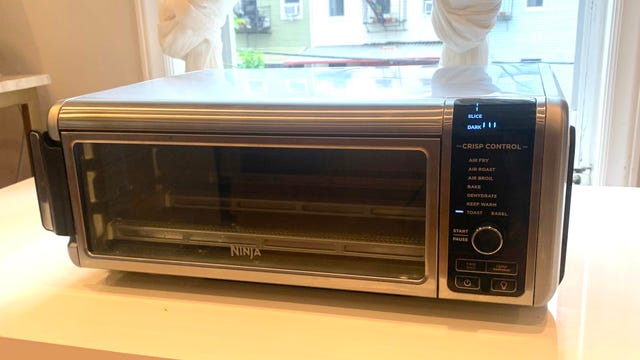
If it’s a countertop oven that doubles as an air fryer you seek, this Ninja model is likely the best toaster oven for you. The Foodi functions well as a toaster, quickly and evenly toasting bread and blasting a frozen empanada to golden-brown perfection, but it also sports a mighty air-frying function that’s on par with just about any we’ve tested.
The Ninja’s MSRP is $50 more than the Panasonic and $40 more than Breville, but if you were planning to buy an air fryer, you would save money overall, not to mention space on the counter. Speaking of countertop space: The Foodi smartly flips upright on a back hinge. When locked in the up position, it’s no more than eight inches from the back to front.
One drawback is the Ninja’s interior size, but I suspect that’s also why the air fryer mode works as well as it does. The Ninja is short — about 6 inches tall — so you’re somewhat limited in what you can put inside. It also makes things a bit clumsy when you’re loading food in and taking it out, and it’s harder to see while it’s cooking.
It typically lists for $240, but can often be found for closer to $200, which I view as solid value considering the quality, versatility and performance of this countertop oven.
Editors’ note: This model was tested previously as part of CNET’s list of best air-frying toaster ovens.
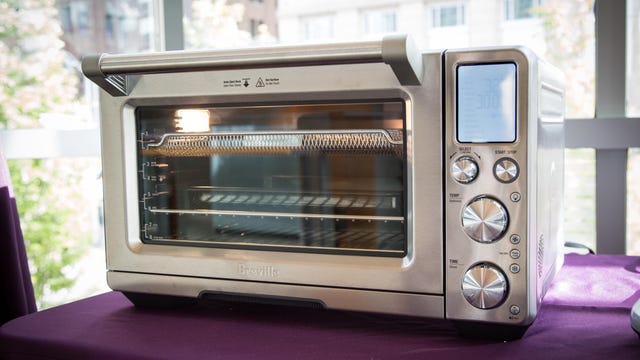
If you don’t have a real oven or you just really don’t like using it, this big fella can take on a lot of the tasks of a full-size oven. The Breville BOV800XL isn’t cheap at around $280, and there’s nothing “smart” about the smart oven in a cloud-connected sense, but it functions about as well as you could possibly expect from a countertop convection oven.
On top of that, the oven is sturdy, attractive and has an easily removable crumb tray, and it’s packed with extra cooking settings and modes that you might actually find useful, including convection cooking. It also preheats extremely fast, holds the heat well and has intuitive controls.
It’s a contender for being the best toaster oven for those who want a side oven for extra tasks. A very similar version of this oven with an air fryer function called the .
Read our full Breville Smart Oven review.
Other toaster ovens we tested
- Hamilton Beach 31123D: This digital toaster oven cooked four slices of toast evenly and has a sloping “Easy Reach” door that lifts up to help avoid burning your hand on hot glass. Overall, this basic toaster oven performed well and is a more budget-friendly alternative to the Panasonic FlashXpress and Breville Mini Smart Oven.
- Oster TSSTTVMNDG: This unit cost $120 but felt cheaply made as soon as I lifted it out of the box. Sure enough, one of the wire racks had already broken loose in transit. The dials were also clunky and not very intuitive. The toasting performance was satisfactory, although it didn’t brown as evenly as other models, and it takes a long six minutes to toast bread to medium.
- Balmuda Toaster: This trendy $299 option uses both traditional heating elements along with steam to keep bread and other items moist while cooking. The oven looks great and did an above-average job with toast. It’s also super fast and holds heat well, but it’s very small and thus hard to recommend at such a bloated price.
- GE Digital Air Fry Toaster Oven G9OAAASSPSS: This larger toaster oven sports a decent air fryer mode and did well in most of my testing. It takes longer than others to toast bread, and I wasn’t in love with the dials and display. It’s not a bad machine, but it costs $220. For an air frying toaster, I prefer the Ninja Foodi. And if it’s just a basic toaster oven you seek, there are definitely better and cheaper options.
How we test toaster ovens
I set out to cook a wide variety of common toaster oven fodder. With the exception of the toast tests, where I looked at each toaster oven’s individual settings for light, medium and dark toast, I used standardized temperature and cook times, and followed the recommendations on the box for whatever I was cooking wherever possible.
Toasting capabilities: Speed and consistency
Making toast is one of the critical tasks for a toaster. I mean, it’s right there in the name. I hauled in a whole lot of bread to see how fast and evenly each oven made this breakfast and sandwich staple.
Most low-end toaster ovens use a built-in kitchen timer to set the broiling, toasting and cooking time. Typically, those timers include a couple of preset options for toasting: medium toast, dark toast and in some cases, a setting for light, barely toasted bread, too. Higher-end models with an LCD display will usually let you dial into a specific doneness level when you’re toasting. You’ll typically get about six or seven settings to choose from with those, each with preprogrammed toasting times. That’s more precise than turning a timer knob, and worth it if you’re a stickler for the perfect shade of golden brown.
For my purposes, I toasted four slices of thin, white sandwich bread in each toaster oven on medium. The aim of this test was to see how evenly each oven toasts in all areas of the oven and how well-calibrated the medium toast setting is. Evenness is especially important when you’re making breakfast for a group. Ideally, you’ll want them all to come out looking as close to identical as possible.
I toasted four slices of white bread on medium to test how evenly each toaster cooks and the calibration of its doneness setting.
I also tested two pieces of bread on the lowest doneness setting (light) and the highest (dark), to see how well these presets were calibrated. After each of the three toast tests, I photographed the results and made sure to let the toaster oven cool to room temperature before testing again.
For overall evenness, the results were surprisingly uniform across the board, with the exception of the Cruxgg, which toasted extremely unevenly. The Hamilton Beach, Panasonic’s FlashXpress and Breville Mini Smart Oven were among the top finishers with mostly even cooking and a solid medium color. The Balmuda also toasted four slices of bread evenly.
The Panasonic FlashXpress’ well-calibrated dark toast setting delivered a proper dark without burning the bread.
The FlashXpress also had the most accurately calibrated settings. The light setting delivered barely-there toasting while the dark setting produced proper dark pieces of toast without burning them. The Breville and Balmuda also nailed the light and dark toast cycles when I put them through their paces.
Besides the Cruxgg, which burned the toast, even when set to medium, none of the doneness presets were too far out of whack, although toast made in the Hamilton Beach was, oddly, about the same color for dark as it was for medium.
Cooking times
Speed was also a factor. I think we can all agree that, on a busy morning, the less time you have to wait for toast the better. I noted the time it took for each toaster to complete a cycle on each of the three settings: light, medium and dark.
In terms of pure speed, the infrared Panasonic was the fastest, living up to its FlashXpress nickname. It toasted to a nice medium in just 2.5 minutes. The Balmuda also toasted four slices in under three minutes, while the Breville Mini Smart oven did it in three. The slowest was the clunky Oster, which took well over six minutes to hit medium, followed by the GE, which took nearly five minutes and was still underdone.
The $299 Balmuda toaster uses a bit of steam to keep things moist.
Temperature consistency and accuracy
If you plan to make things like cookies and pizza or use your toaster to make more complicated recipes, you’ll want an oven that holds its heat consistently over time. To test the consistency of each oven, I tested how much fluctuation each oven experienced when set to 300 degrees Fahrenheit over the course of 15 minutes. I used a RisePro thermocouple thermometer to measure the highest temp, the lowest temp and the average temp over the course of that period.
I ran each toaster oven for 15 minutes at 300 degrees F to measure the temperature accuracy and consistency.
All of the ovens performed fairly well in this test, with the exception of the Cruxgg. The Breville Smart Mini and Panasonic FlashXpress both held an average temp of 310, just 10 degrees more than the target temp which is a good mark for any oven. The Balmuda Steam oven can only be set to 350, 400 or 450 degrees F, so I ran the same test at 350 F. It also did well, running an average of just 12 degrees above the target temp.
In a shocker, the $45 Comfee toaster oven fluctuated the least — only 15 degrees from start to finish — placing first in the consistency test, but that is likely because it is both small and has no convection fan to stir the air up. The Comfee was fairly accurate too, although it ran an average of 22 degrees hotter than the temp I set it for. See full results below.
Temperature consistency
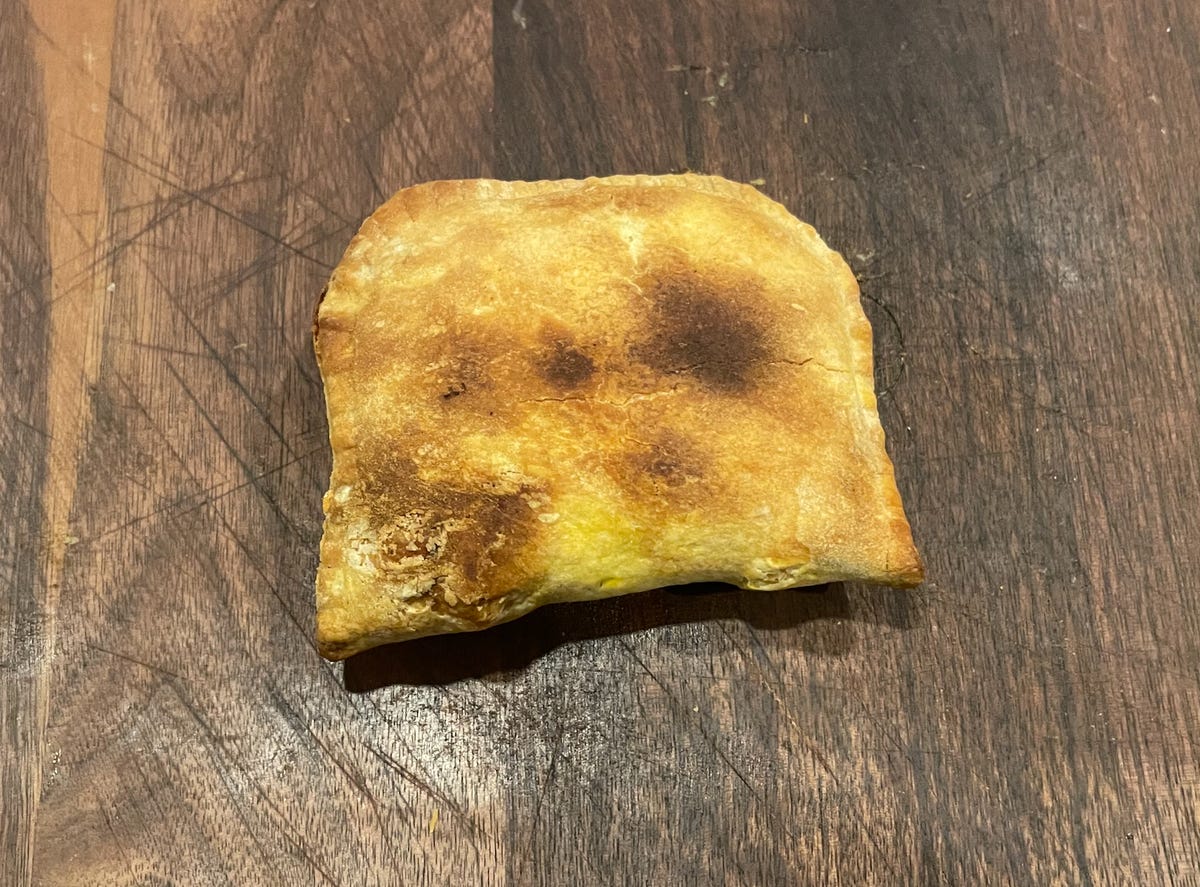
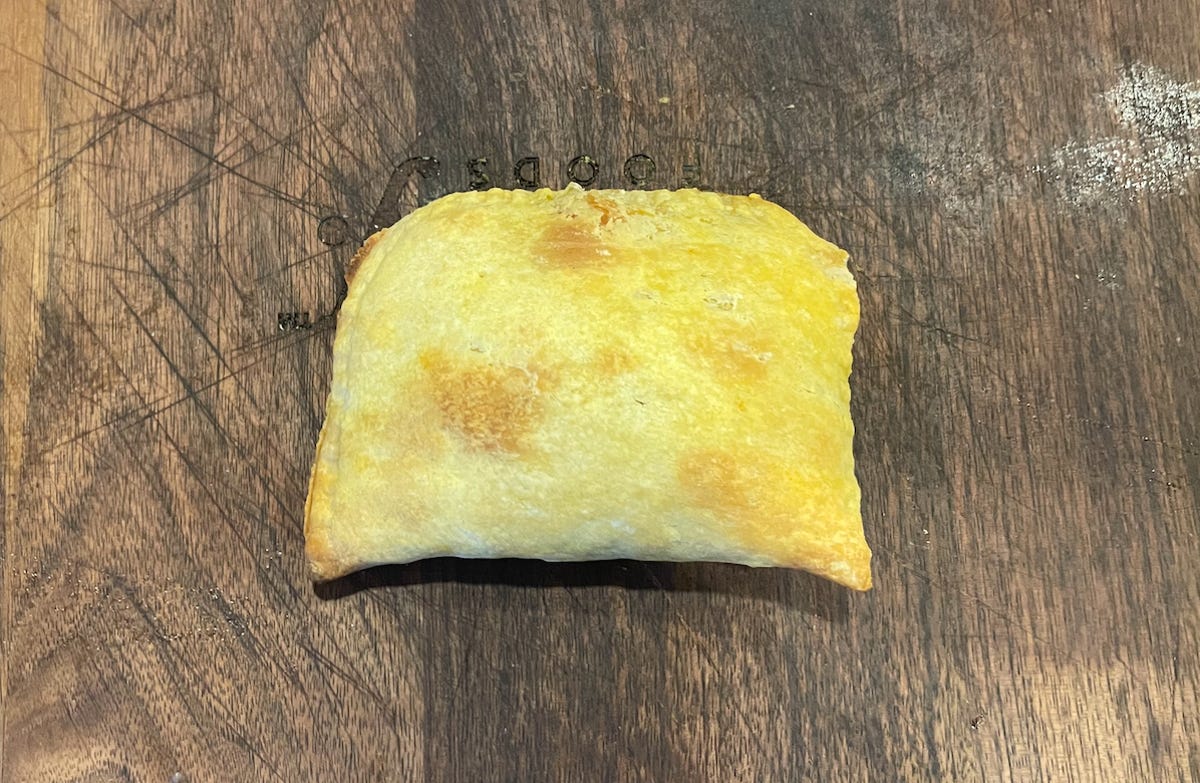
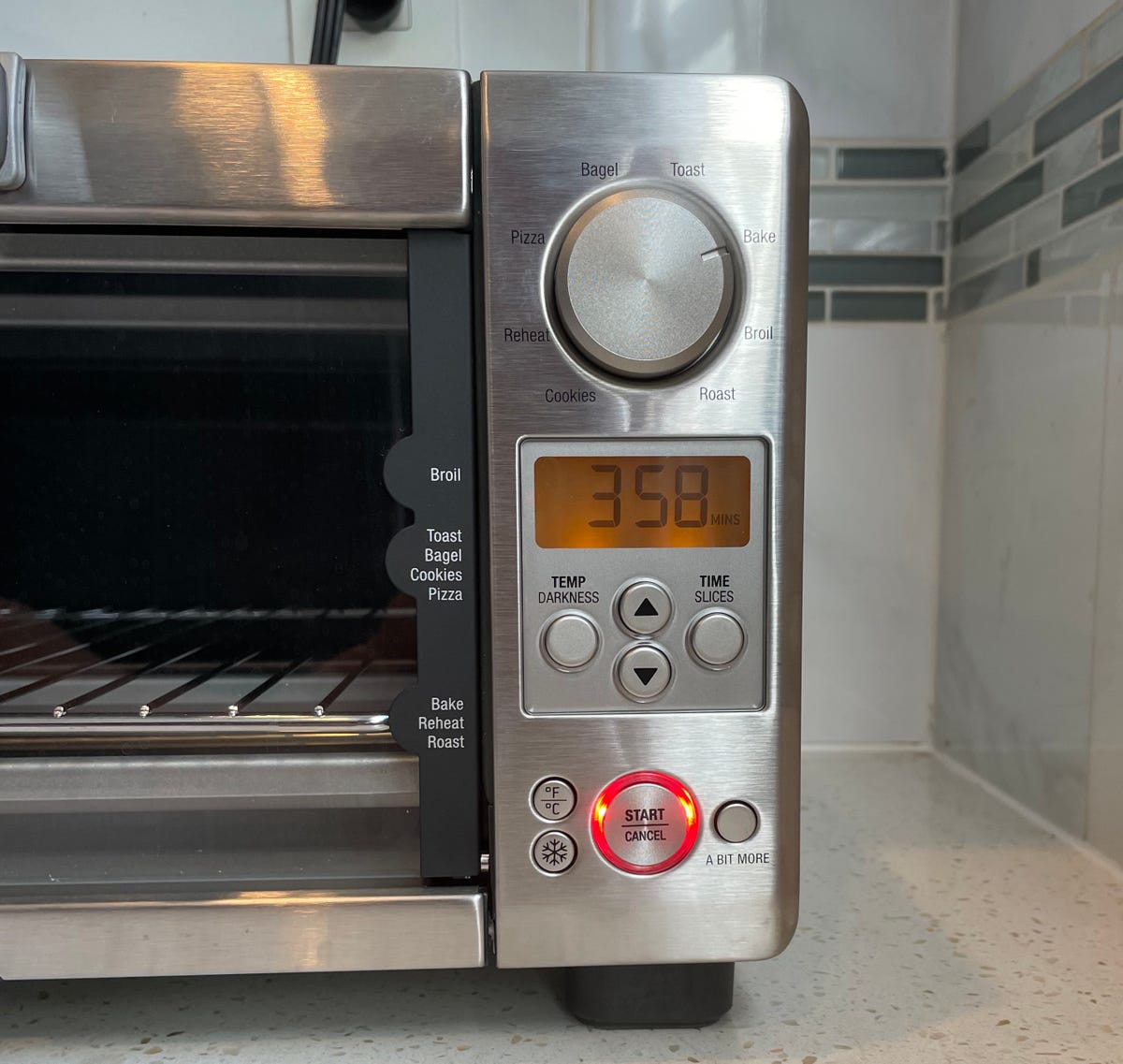
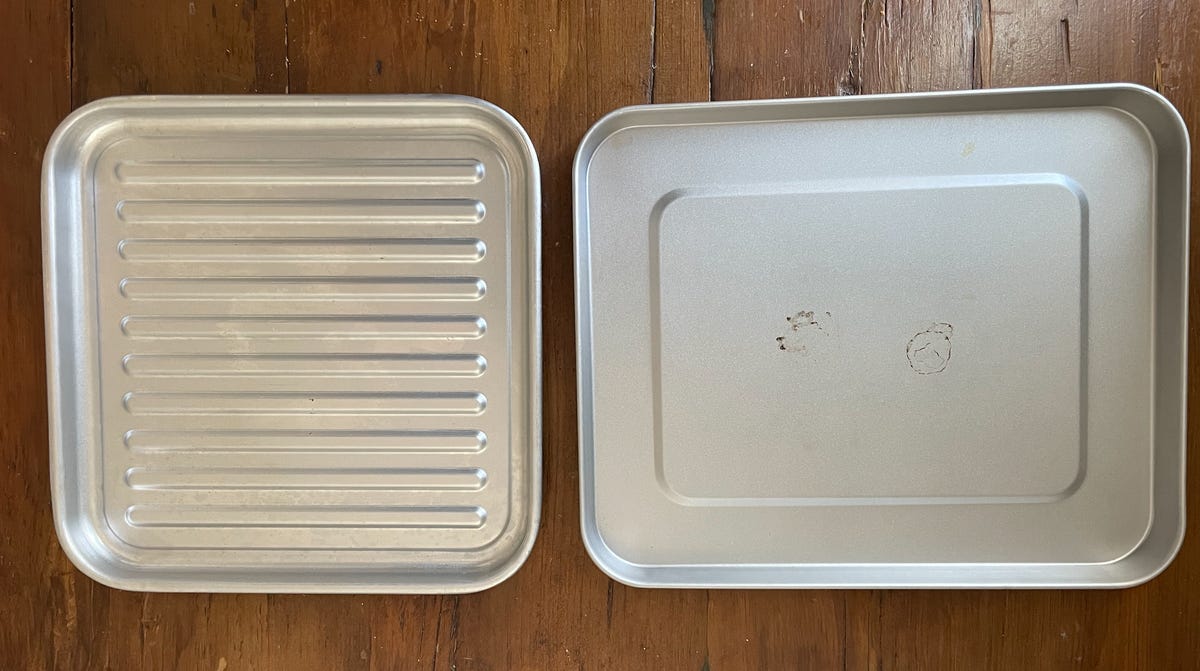
Be sure to consider the toaster’s size carefully before you buy. Here’s the big Oster, large enough to roast a small chicken, next to the itty-bitty Balmuda.
Toaster oven buying guide: Things to consider
Beyond performance, there are several considerations to make before buying a toaster such as size, functionality, design and overall value.
Size and capacity
Consider both the counter space you have to devote to your toaster and what you’ll typically use it to cook and how much of it you’ll be cooking. If you have four kids who all eat toast most mornings, a bigger model will save you from having to cook in batches. If it’s just you or one other house member, a smaller toaster model might be the better pick.
Features and settings
You’ll also want to think about what you’ll be using your toaster oven for most often. If you like toast with your coffee each morning, prioritize a toaster oven with a precise preset. If you like to broil things like hamburgers, make sure you get a toaster oven with a high top rack position just 2 or 3 inches underneath the heating elements. The Breville Mini Smart Oven, GE and Hamilton Beach are good examples of broil-friendly ovens.
Some of the temperature controls are more imprecise than others which may be a nuisance depending on how and what you plan to cook. The Balmuda can only be set in increments of 50 degrees, for instance, while the Panasonic FlashXpress in increments of 35 degrees. This didn’t bother me too much, but it does mean you can’t hit a precise 400 and thus may have to adjust for certain foods.
Design and construction
You will notice design flaws and clunky user interfaces, though, so if you can, head to the store and get your hands on the models you’re zeroing in on before you buy. Open and close the doors, adjust the racks and look for the little things. For instance, the wire rack that came with the Oster oven felt cheap. Upon closer examination, one of the wires had already snapped off in transit.
Another flaw to look out for is unusually short cords, a baffling design flaw that is more common than you might think. The Comfee and Oster cords were both only 2 feet long while the rest were 3 feet or longer. It certainly isn’t the worst failing for a toaster but, depending on your kitchen layout, can be an annoyance.
What about smart ovens?
There are also several smart ovens to consider that can do your toasting and a whole lot more. They are still relatively new to the market and in their early stages of design and production but one or more might be worth considering if you’ve got some extra money to play around with.
June Oven
I’m most intimately familiar with the June Oven, which now sells a third-gen model for around $899 (though is currently sold out). It’s a very capable cooking machine that uses built-in cameras to identify what you’re trying to make and a probe thermometer to nail the internal temps of meat and fish. It also offers cooking guidance and an abundance of settings to tweak in its companion app, but a premium subscription for that will run you another $10 per month. Read my full review of the third-gen June Oven here.
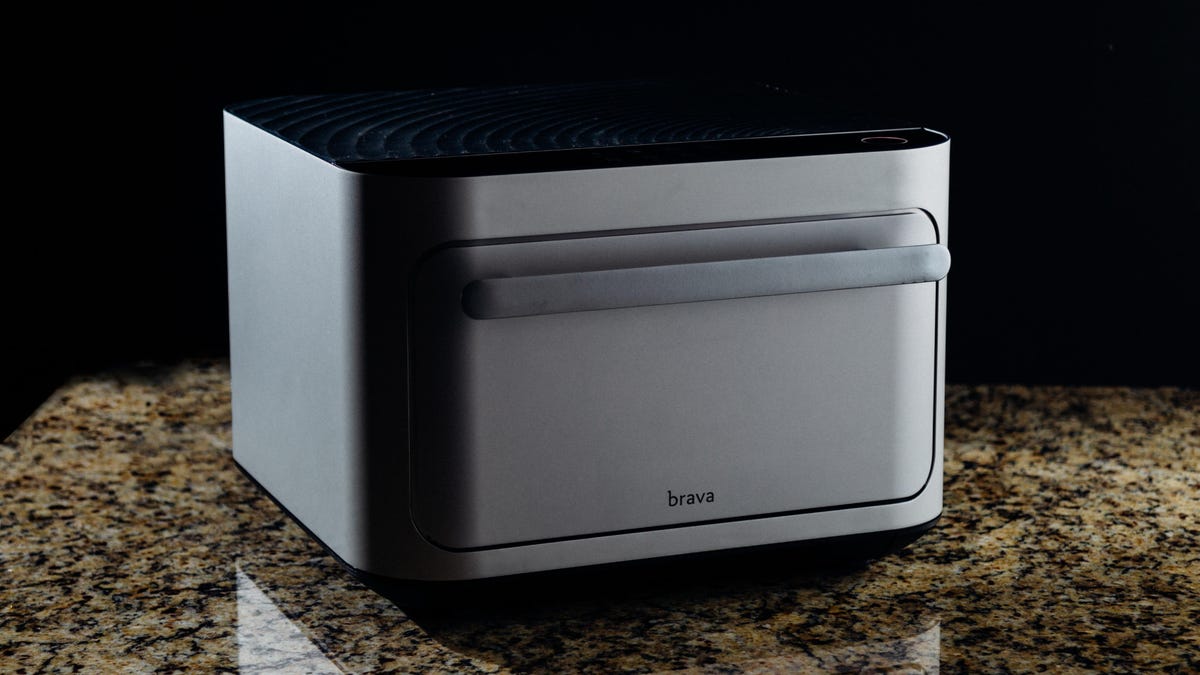
Enlarge Image
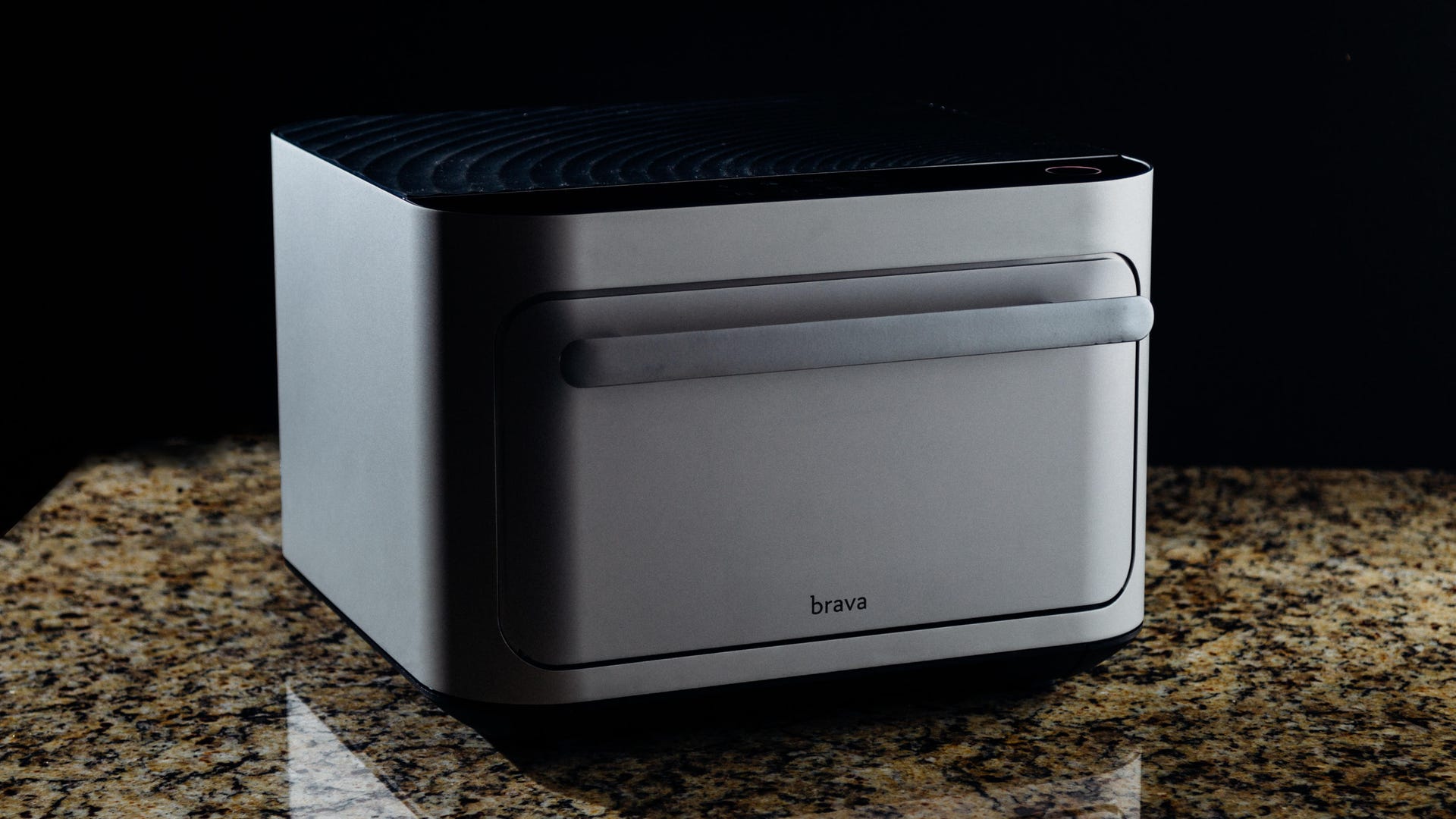
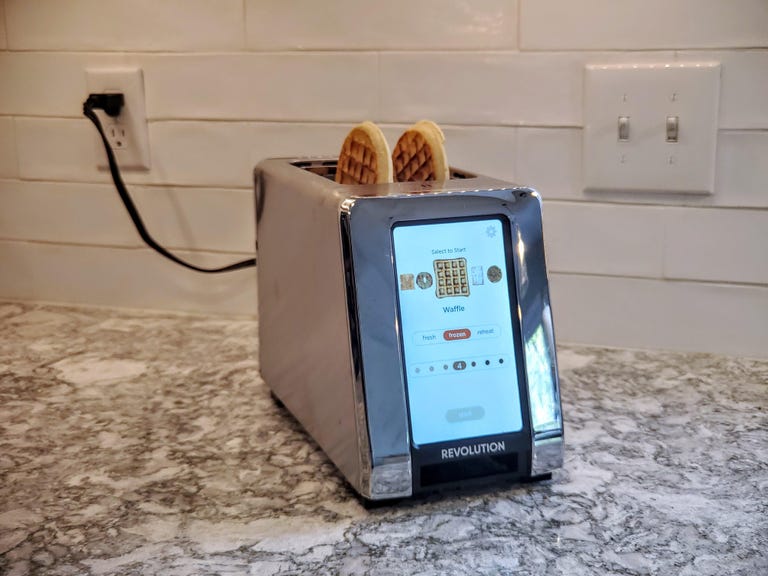
What are the different types of toaster ovens?
There are several sub-categories of toaster ovens that perform a series of different cooking tasks. One will likely suit you better than another, but you’ll have to think about how and what you want to cook with it.
The most basic toasters such as the Comfee use an electric or infrared heating element from above and below to toast, warm and bake. These budget-friendly models are often small and best for simple tasks like toasting bread or bagels, warming baked goods and cooking the occasional frozen snack.
Most midlevel and premium models include a convection fan to circulate air and cook food more evenly. The majority of the toasters we tested feature convection cooking which usually bumps the price up to about $80 or more. Convection cooking will give you more even heating for making cookies or pizza.
Fancier toaster ovens have special cooking modes including broil, roast, dehydrate and air fry. Don’t expect the same sort of proficiency as with a big oven. That said, the Ninja Foodi oven (from previous testing) came the closest to imitating those high-heat cooking methods with any type of success.
At the top of the pile are super tech-heavy toaster ovens also known as “smart ovens.” These are the priciest of the bunch, and models from names such as Tovala and Brava can cost over $1,200. Smart ovens often include built-in cameras, probe thermometers and complex, integrated cooking programs you can control from your smart device.
